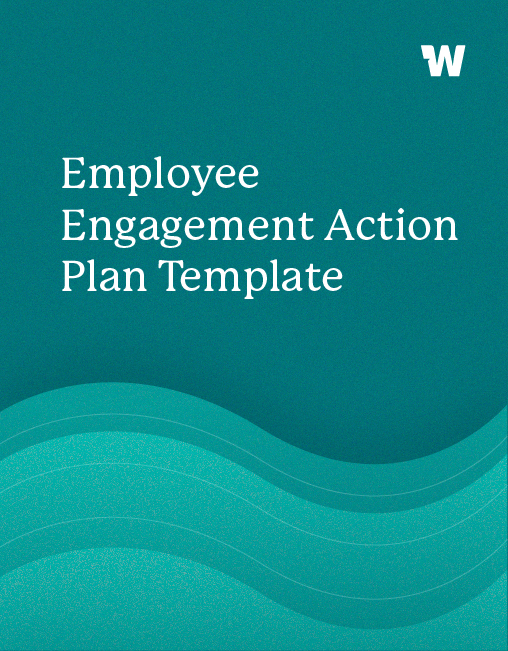Create
Quickly build beautiful emails & multi-channel campaigns with our easy-to-use design tools and templates.
Build an effective action plan following the results of your employee engagement survey! This template gives you an easy place to start.


Once you’ve analyzed the data, it’s time to craft your employee engagement action plan. If this is the first time you’ve done a company-wide engagement survey, you might find that there are an overwhelming amount of areas for improvements. That’s okay and to be completely expected! Don’t panic; we’ll take a smaller, organized, measured approach to improving employee engagement.
No matter what the results, you should identify two or three areas to concentrate your focus for the next 3-6 months. If it’s your first survey, we often recommend looking for the ‘low-hanging fruit’ — problems that HR and the leadership team can likely solve quickly with a bit of time, resources, and attention. This will build up a great sense of momentum and will help you build trust with employees in a relatively short amount of time; they’ll see that you’ve listened to the feedback and acted on it accordingly.
If you’ve identified those 2-3 major issues and you still feel like you need more information, we’d recommend putting together focus groups, follow-up surveys, or confidential interviews across the company to help uncover the underlying problems.
When you’re on your second or third employee engagement survey, the action plan should still include some things that can be done quickly and that are easy for employees to see. Remember: these should not be superficial or performative in any way. Employees should be able to see a positive impact fairly quickly, even if the impact is small.
Your employee engagement action plan should also include some longer-term, more substantial plans that will have a bigger impact, but that will likely take longer to implement and achieve.
Here are a few other questions you can use to help identify your company’s most important engagement issues (and the potential ROI of solving them):
When you’re ready, this is where the action plan template kicks in! Identify an owner for each action item and be as specific as possible with the timeline it should be done by.

It’s important to get buy-in at all levels of the organization in order to give your action plan the absolute best chance at success. We typically take a cascading approach: make sure the CEO and senior leadership are all aboard, then share with managers, then communicate it with all employees.
Communicating from the top-down allows you to tackle potential hot spots or issues before they arise, and gives you the chance to get buy-in and feedback at every stage. For senior leadership, you want to make absolutely sure that the entire group is on the same page…even those that may have gotten less-than-stellar scores. If you do have one or two department heads that are taking the results personally, this a good opportunity to work through it with them before the full results and corresponding action plan are shared with the wider team.
From there, you want to make sure that managers aren’t hearing about the employee engagement results at the same time as the rest of the org. This will give your managers enough time to think through potential questions, and will give you time to continue to drum up more support and buy-in for your action plan.
If the results are bound to lead to more questions than answers (or if they’re lower than you were expecting), it’s best to share the detailed results at the same time as your action plan. We have a few samples of email communication that you can use here.
Once the results are shared, the communication shouldn’t stop: continue to share consistent updates about the progress the company is making towards those action items. Celebrate when milestones are reached, and be honest and acknowledge when your company’s efforts fall short of expectations. Employees will want to see accountability throughout the entire process, and this can continue to build an incredible culture of transparency.
Not seeing the resource you need? Request the resource you need below and we’ll make one! Seriously!

Start your week inspired and energized with our practical newsletter about positive company culture! It features actionable articles and little surprises, sent every Monday morning.

Join our waitlist to be the first to learn when it's available!
Get a live demo & your questions answered with one of our product experts.

We'll also make sure you leave with: